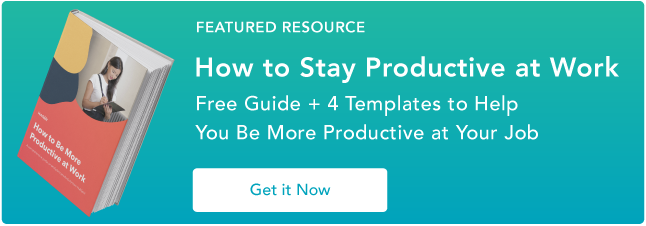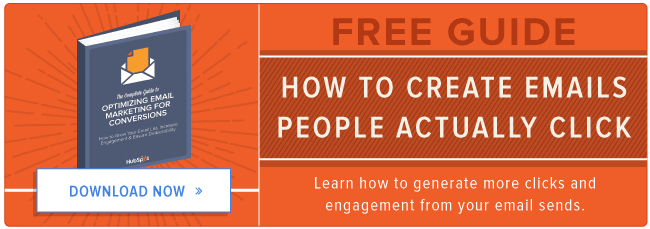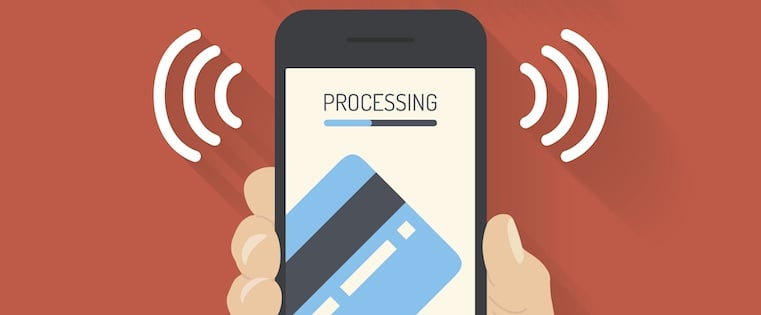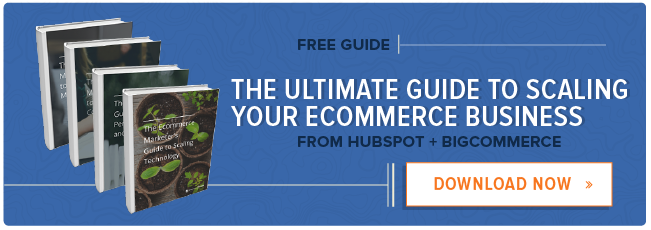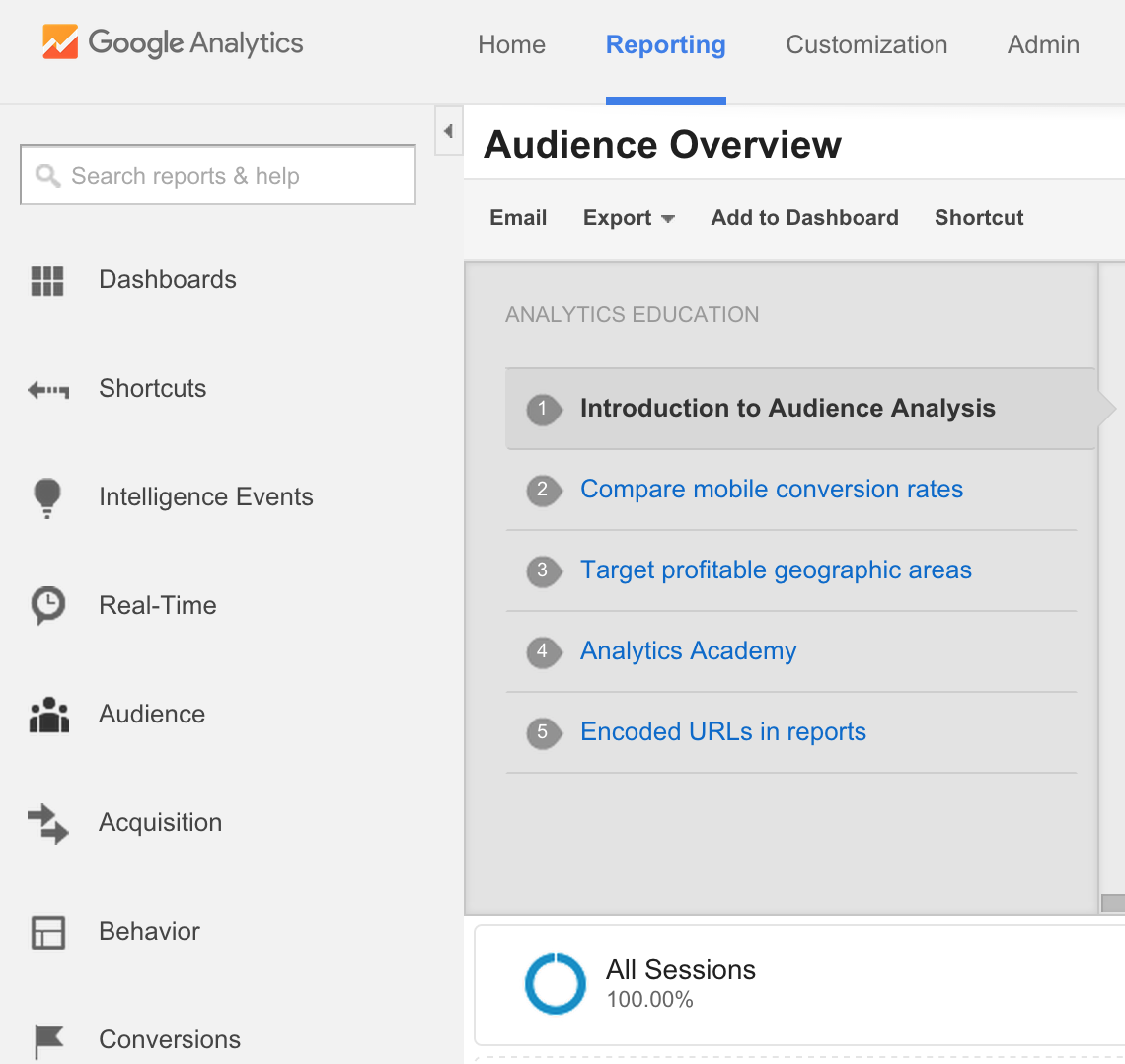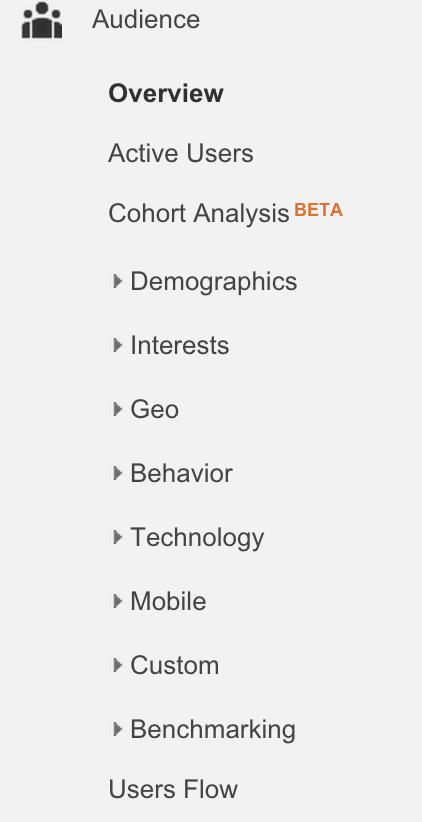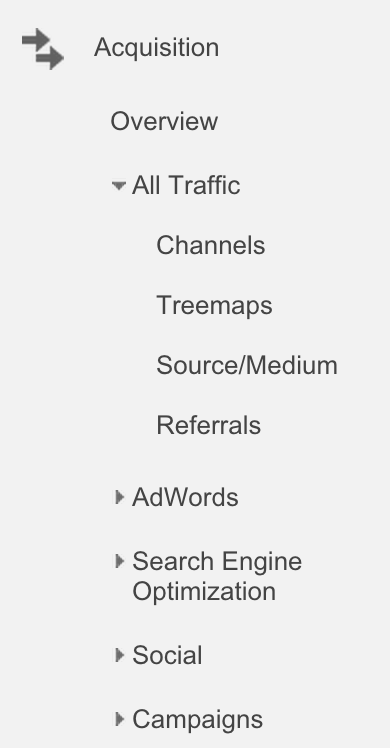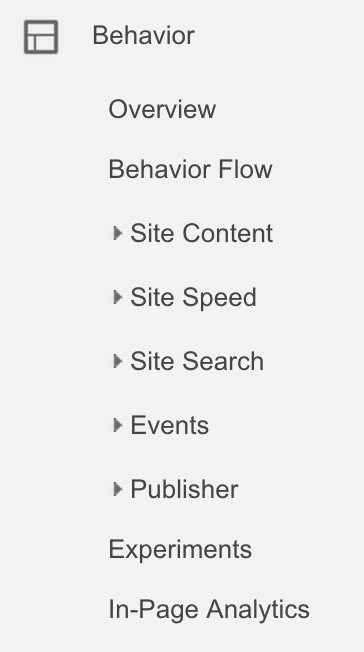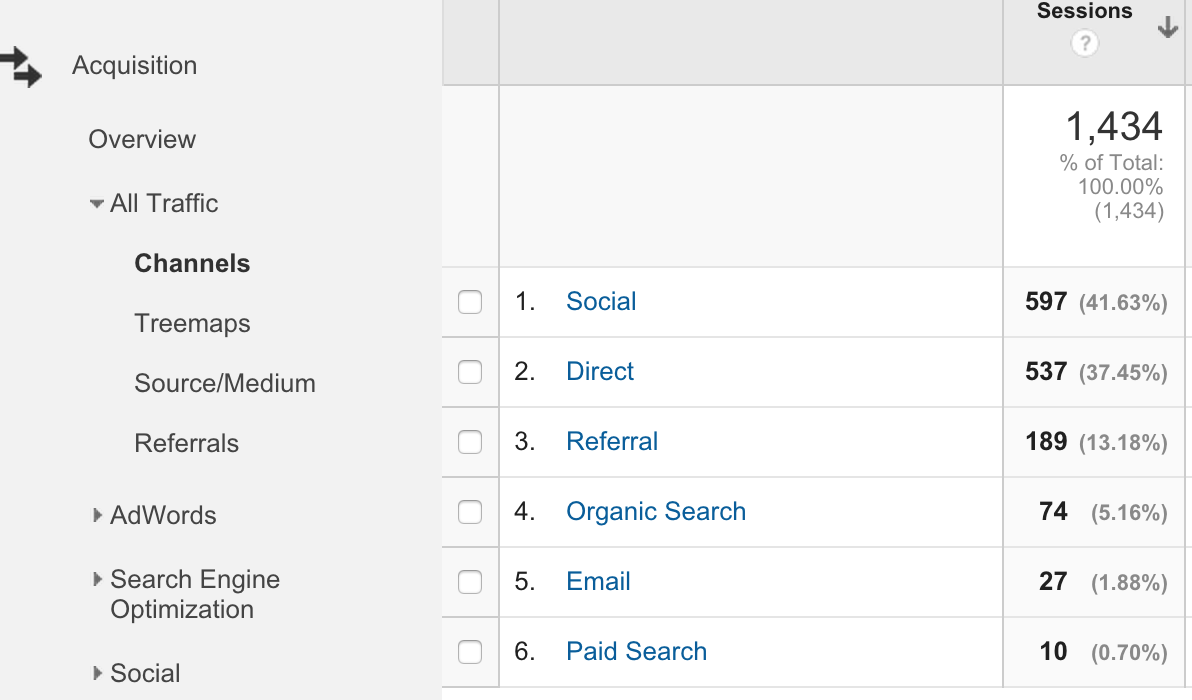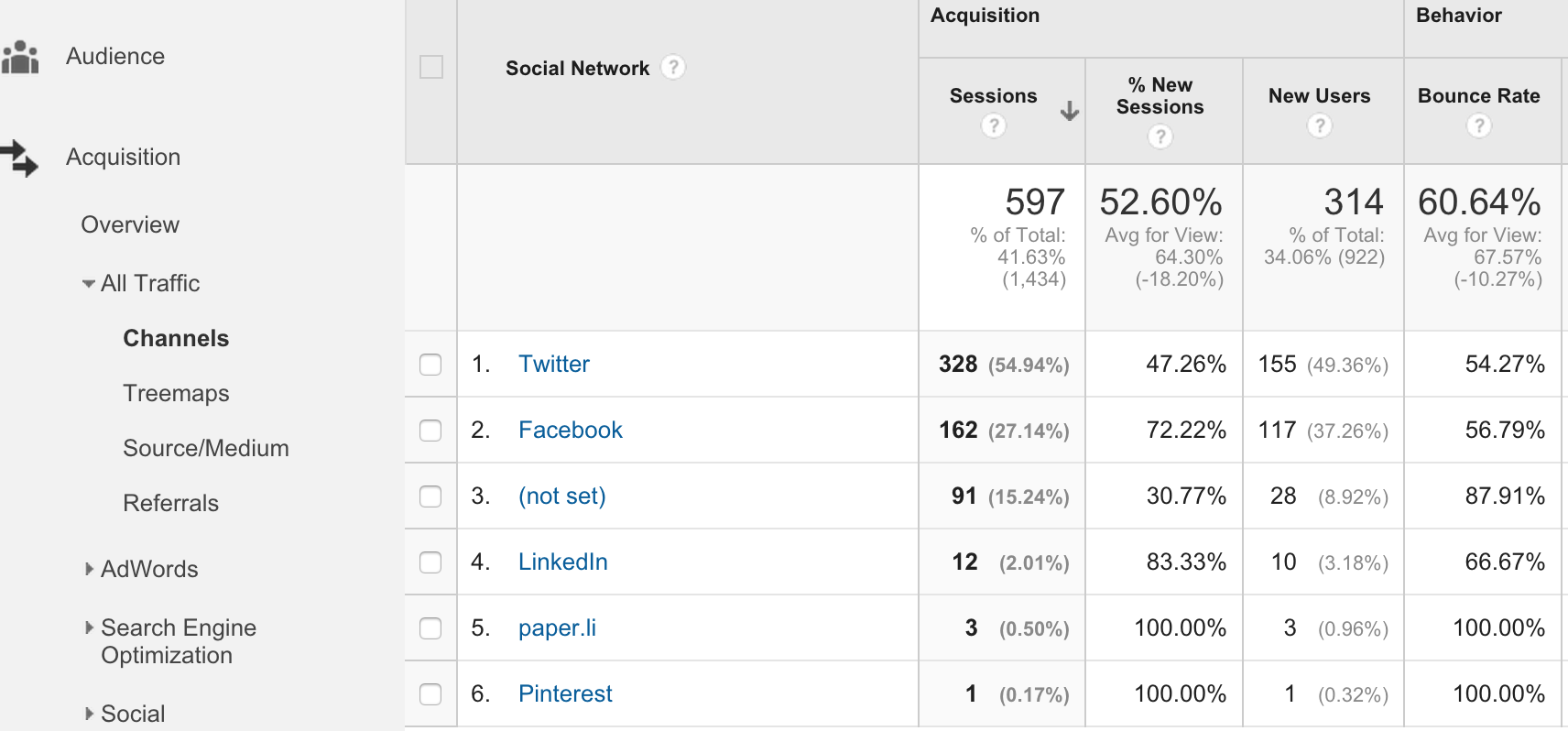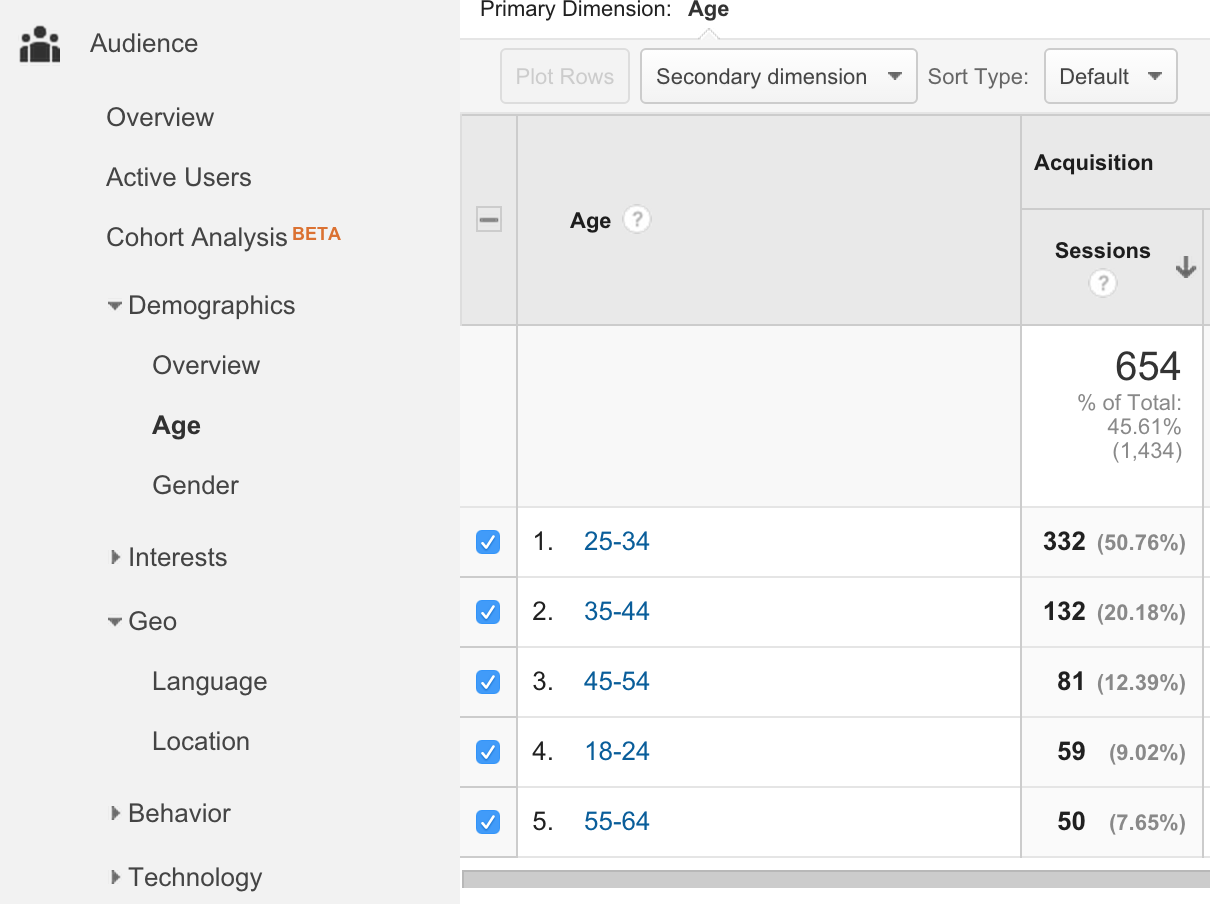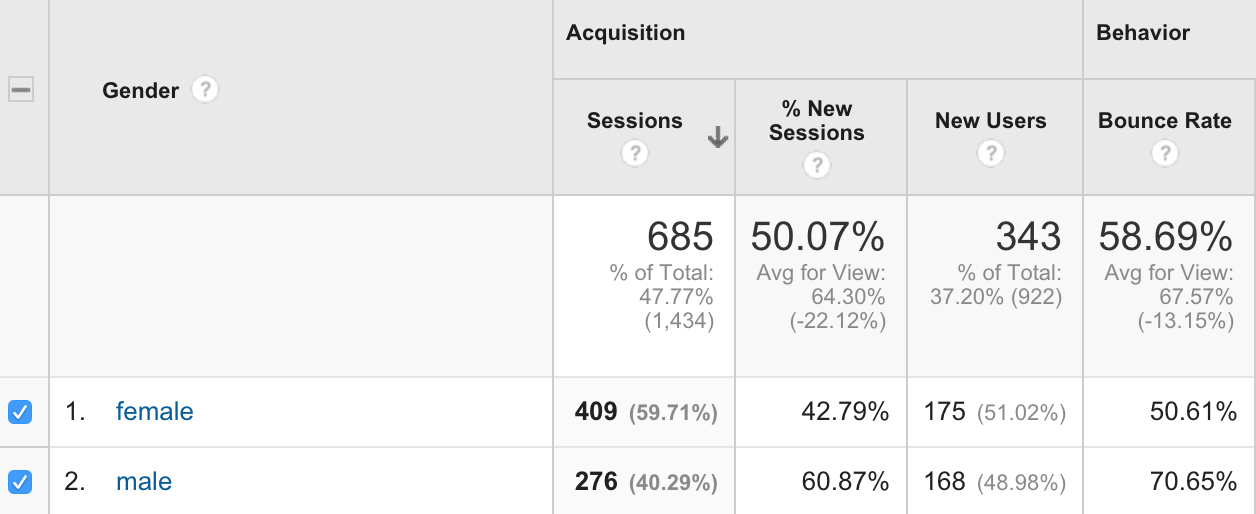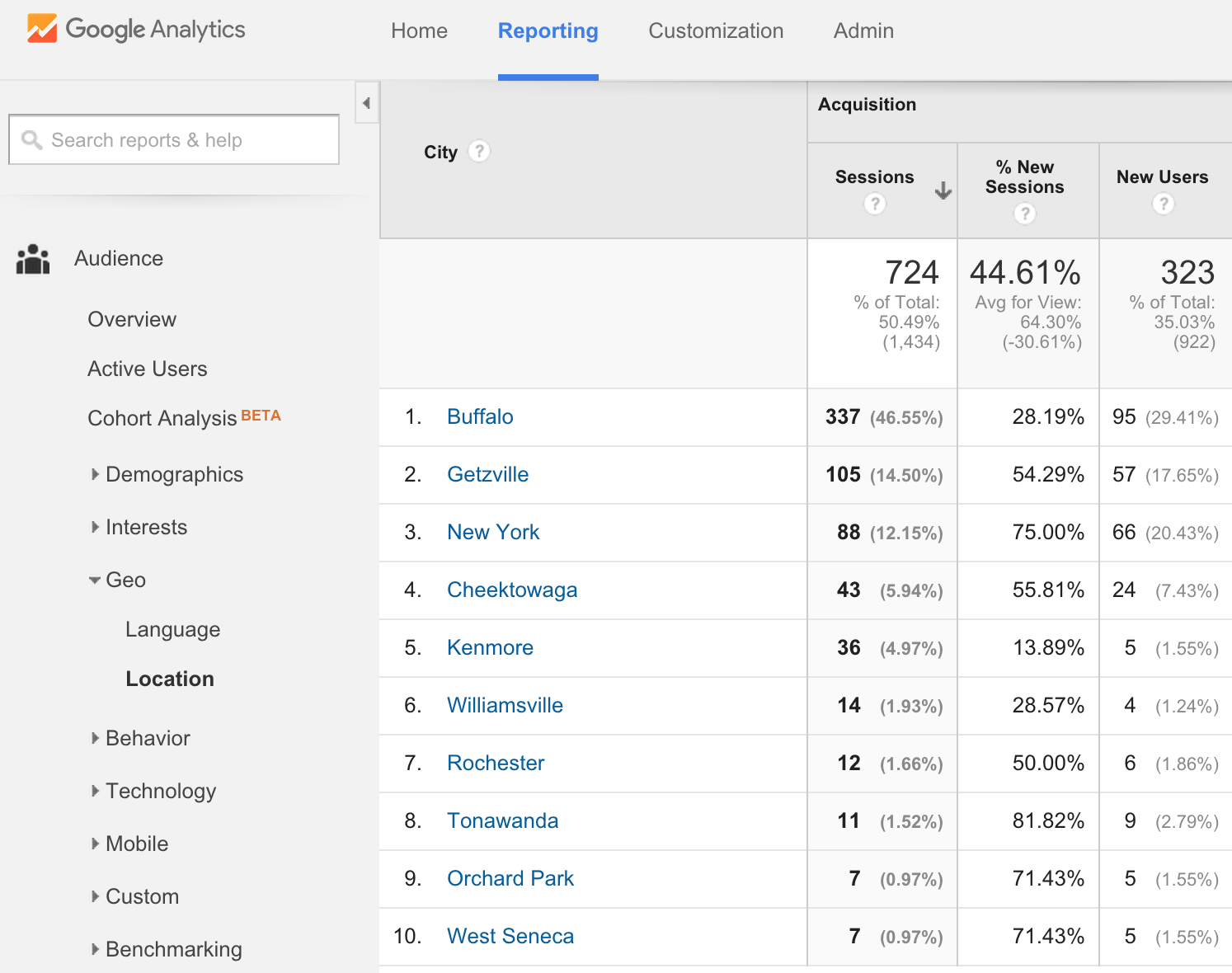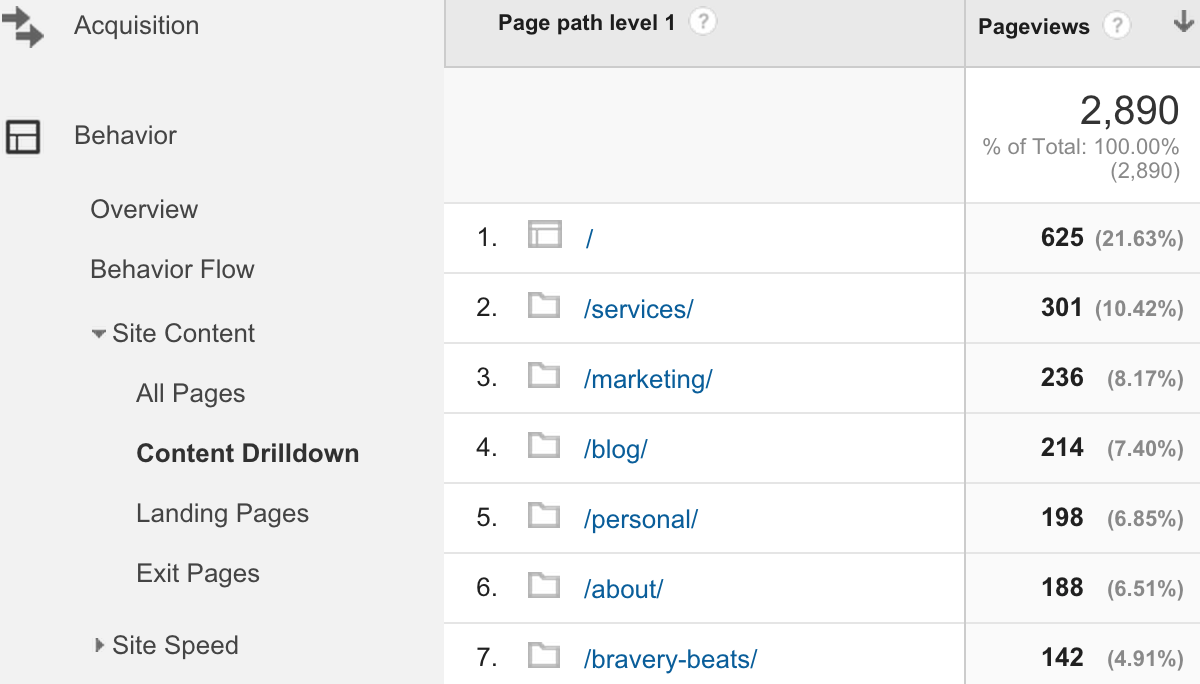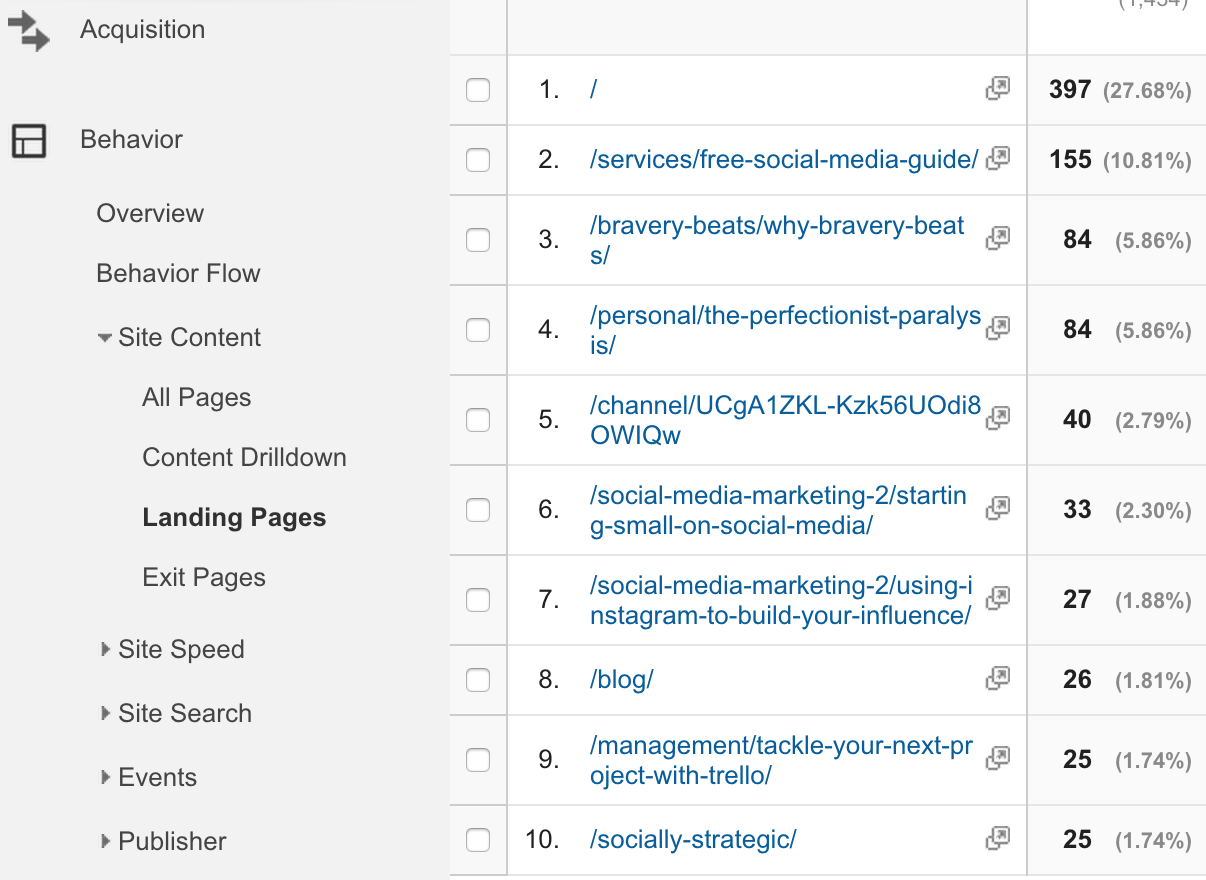For me, growth hacking is more than just a mindset. It’s about the desire to take tradition and flip it on its head. It’s about leveraging the way we’ve always done things and manipulating those processes to achieve a much better result. It’s about the various interpretations of data and the creative inspiration we draw from them to solve problems and create opportunities.
If you’re growing a product or a startup, you’re probably already aware of the importance of testing which calls-to-action drive the most adoption. Without supplying a nudge for a user to take action, you might get no traction at all, even though your offering may be outstanding.
A call-to-action is the final frontier, separating the discovery of your product’s value proposition and the actual journey a user will take to experience it. It’s like the starter’s gun on track day. After you have attracted users (i.e., runners) who have found the start line, then you need to motivate them to run the journey to the finish line (being a point at which your business objectives are met, such as making a sale, hopefully repeatedly).
Where to begin, though? You could start with the usual “buy now” or “start today” and keep A/B testing to find the most frictionless point of entry. But that approach, even though it may be effective, assumes what you’ve seen elsewhere is “best practice” and therefore should work.
What if you had a starting point so powerful it was almost an unfair advantage? Enter the psych-dive.
How Did This Come About?
I sat down with a psychologist friend of mine the other day, and after all the pleasantries were exchanged, we got to talking about product growth and human behavior. While I’m sure most psychologists are used to putting people on the spot, it was an interesting sight to see how uncomfortable I made him with the question I posed.
I asked something along the lines of: “Michael (name changed to protect his professional integrity), you deal with people and data sets all the time, and you know all about psychological profiling and making educated assumptions in order to help people overcome compulsions, right?”
“Yes,” he nervously replied.
That was my green light. “What would you need to do to turn the tables? To use profiling and data-driven stereotyping to amplify a compulsion?”
He paused, conflicted, partially by the thought of flipping his power for doing good on its head and partially by the surprise of such a request.
What followed was a discussion of the process one could use to profile, generalize, and deconstruct marketers’ tendencies to create more impulsive calls-to-action.
Flipping the Way a Psychologist Cures Compulsion
The main building blocks for the way a psychologist helps someone out of their compulsive need to do something include the following: helping them understand themselves, their habits, and their psychological needs and helping them understand how they use an addiction to fill those needs in an unhealthy way. A psychologist then helps them find new, healthier ways to address those needs (like using exercise to feel better instead of drugs).
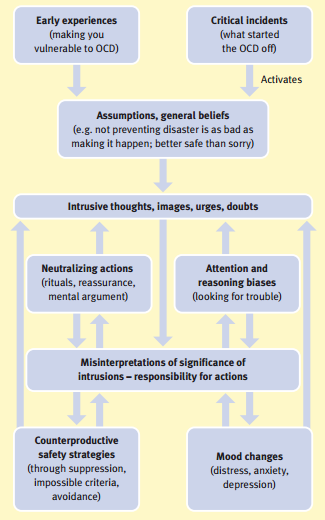 Cognitive Modeling of Obsessive-Compulsive Disorder (Source Paul M Salkovskis, Elsevier)
Cognitive Modeling of Obsessive-Compulsive Disorder (Source Paul M Salkovskis, Elsevier)
Theoretically, to reverse-engineer that process and increase the likelihood that someone would become compulsive around a product, you would do the opposite. You would try to keep them from being aware of themselves and their habits. You would keep them out of touch with themselves, and encourage them to use an easy, quick-fix solution.
This is already happening in real life. People use Facebook unconsciously. Users have never made an active decision to start spending a lot of their time online looking at other people's posts and photos. It just happens.
People rarely say they LOVE Facebook, or that Farmville is the BEST. They probably say something like, “I waste waaay too much time on Facebook” or “I spend sooo much money on my farm.” This compulsive relationship, albeit seemingly invasive, is a sign the user has been drawn in to the experience and is there to stay.
Ethically, there also are a lot of questions to answer here. Yes, your business needs to make money. That's the bottom line. However, at the same time, each person and business has some decisions to make about "how bad" something is. Most of us wouldn't rob people at gunpoint even if it was rather profitable, because that's just wrong. But most of us wouldn't feel too bad about selling chocolate cakes, even though chocolate cakes are technically bad for people.
Somewhere on that scale is a place where it starts to get a little gray. Is it unethical to deal drugs to poor people who can't afford them? Or, are they the ones who decide to buy the drugs and you're just providing a service? In other words, how comfortable are you with your business model and the extent to which you encourage/market/manipulate people into wanting your product?
With that said, here’s how to immerse yourself in the deep workings of your target audience for better calls-to-action.
Psych-Dive Analysis for Better CTA Triggers
Different segments of society are compulsive in different ways. You have an aging demographic that was brought up in the era of glorification of cigarettes and alcohol (before cigarette companies started to pay out compensation for smoking-related impairments), just like you have a sector of the technologically-native young adults who take to Snapchat and Candy Crush as if they were the only things keeping them interested in life.
Here are four steps for how to uncover compulsions in your key target audience and craft better calls-to-action from the get-go.
Step 1: Craft a Survey
To craft brilliantly effective calls-to-action laced with compulsion, you need to get a solid idea of how your typical market segment thinks and acts with other things generally considered compulsive behavior. These types of assumptions are easy to guess, especially if you classify yourself as similar to the very users you’re trying to target. But, like most assumptions, it’s easy to get it wrong.
Clarity around how your users become compulsive can only be achieved with research. If someone else has already done the hard work and you find your answers via a research piece on Google, then great. But, chances are, what has worked for someone else might not work for you. If, like 99% of scenarios, existing data just doesn’t cut it, you need to take charge and source these answers yourself.
The most effective (albeit, most annoying to respondents) method is a survey. It’s important to be concise if you intend to get a decent rate of response. I always try to keep my questionnaires to a maximum of 10 questions, and largely base these around behaviors. Behavioral questions are some of the most powerful insights into your target market because they unlock answers about how the user’s mind operates. I also ensure absolute anonymity to increase the likelihood of natural responses.
Questions you ask here should serve the purpose of unlocking insights into the behavior of your target audience. These are questions that, once collated to create an overall persona, tell you exactly what motivates their actions.
With limited bandwidth, each question in your survey needs to count. So how do you decide what to ask? Humans, regardless of demography or psychography, always “want” something. Generally those things include elements of personal, social, and career life. Here are three things to consider when formulating questions for your survey:
Biological Compulsion
It’s easy to understand and relate to biological urges to eat and sleep. Questions that relate to demand-based acquisition of biological needs and desires that truly make us “human” can unlock a lot about what intrinsically motivates a user. Biological compulsions cannot really be switched off, and they drive our very existence.
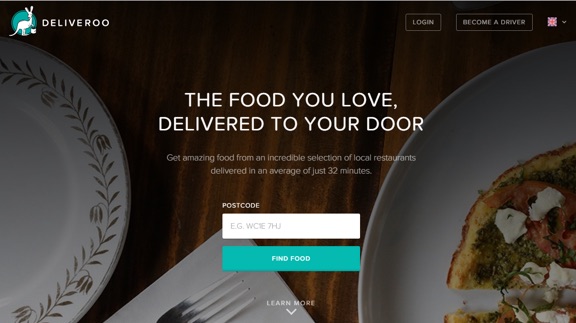 Primal instinct at its finest. Deliveroo’s “Find Food” call-to-action says it like it is.
Primal instinct at its finest. Deliveroo’s “Find Food” call-to-action says it like it is.
Experimental and Social Compulsion
Another great avenue for discovering compulsion is to explore things like relationships, social interactions, and drug and alcohol use. These types of insights can tell you if a user relies on external influences to trigger a decision. A great CTA in this instance would be something like “Join your friends” or “Let’s socialize” because these tap into urges to be “connected.”
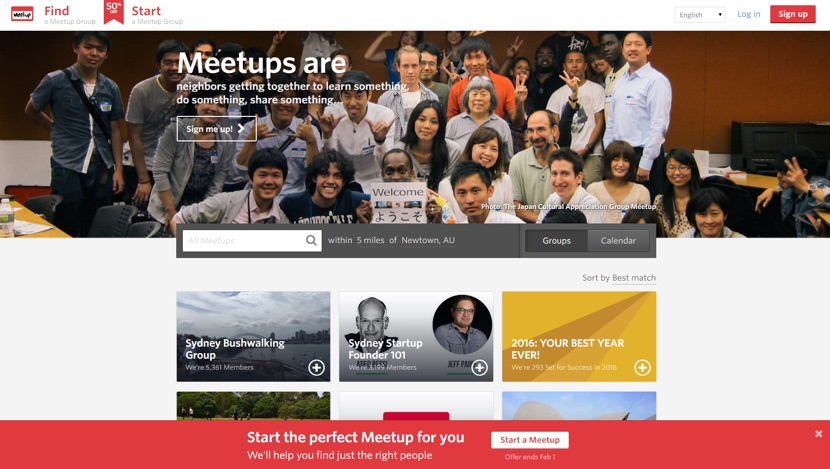 When all you want to do is belong, click Meetup’s “Start a Meetup” call-to-action.
When all you want to do is belong, click Meetup’s “Start a Meetup” call-to-action.
Aspirational Compulsion
Finally, studying attitudes about money, career, and material things can help you understand how a user may be motivated to part with their money to make a pain point go away, as well as what their end goals are in life. This assists with understanding what angle you need to take in order to get a user to believe they “need” your product. If you’re aware that your target audience is driven by the desire to excel in life, you’ll be able to create a CTA that reflects this, like “Make money now.”
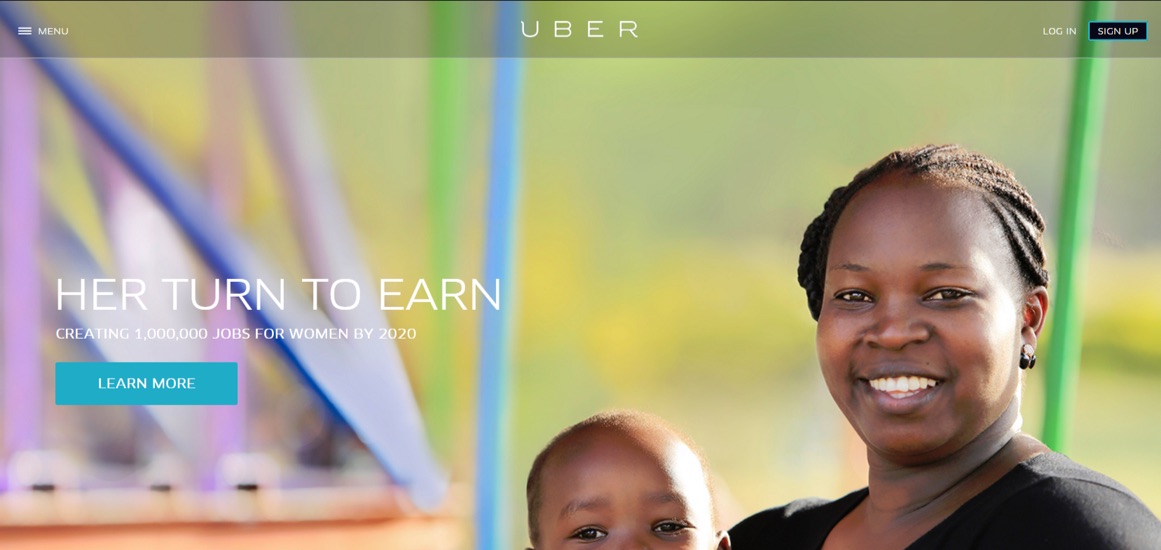 By tying in the money aspect, Uber’s call-to-action attracts exactly the type of driver they want.
By tying in the money aspect, Uber’s call-to-action attracts exactly the type of driver they want.
It’s also a good idea to provide an incentive for completing the survey. This method may be frowned upon by market research experts who argue that an incentive will skew results. But I’m of the belief that, with enough responses, those that are skewed positively or negatively will be outweighed by the respondent majority. SurveyMonkey has a great little guide to calculate how many responses you need for statistical confidence.
The incentive could be as simple as offering use of your product for free for the first year, or a substantial discount, or a limited early access. Alternatively, it could pay to supplement your survey with incentives of products or services that target the same market segment you do (for example, a free three-month trial of a non-competing and popular SaaS product).
The way to do this is to include an optional field at the end of the survey that asks for an email address and stipulates that the email will only be used to notify the person about their eligibility for your incentives.
Step 2: Find Your Market
Once you have your survey and incentives ready, it’s time to get your target audience to actually take your survey. Finding people to complete it can be hard. If your target audience is easy to locate physically, try going there and asking as many people as possible to take it. If you have contacts that are highly influential in your target market, try to leverage them.
Alternatively, you can always post your survey to an online medium that your target audience uses prolifically. Or, you can demographically and geographically target your audience through paid advertising.
For example, we compiled a survey at GRONADE for a recruitment startup. Once the survey was ready to go, we sent it out to the founder’s existing database. We supplemented those responses using LinkedIn’s ad targeting system, targeting by job role, seniority, and geography, for better quality survey results.
 Targeting the right audience for a survey using LinkedIn
Targeting the right audience for a survey using LinkedIn
Step 3: Supplement Your Data
When you’ve collected your responses and have an idea of what the general consensus is about the behavioral activity of your target audience, it helps to get extra context. A good idea is to take your target market criteria and search for census and journal research data that provides supplementary information about your target audience.
For example, if you’ve discovered that your dominant target market is entrepreneurs in Silicon Valley, it might be beneficial to also search for information about what they earn, how uncomfortable their living arrangements are, or even how well they do at mathematics (see page 45 of the 2015 Silicon Valley Index). This helps you build a complete profile of your audience and helps you make better decisions about what might motivate them to click your call-to-action.
 Searching Google for related journals on the survey topic
Searching Google for related journals on the survey topic
With census data, you get a very particular insight into household, employment, financial, and cultural information. Some journals and other market research (which has been made public) might help you understand saturation data around device and app usage, and maybe even motivations for what makes a specific user set purchase.
Step 4: Create Hypotheses about Your Market
So now you have your collected your survey responses and supplementary data. This collection of knowledge about your potential user base is pretty powerful. With this information, you’re able to create hypotheses around what makes your audience “compulsive.”
In any particular demographic, you're not often going to have just one psychological profile, but many. Every person has a pretty unique cocktail of needs, wishes, and desires based on who they are, how they grew up, and what's on their mind.
Here are some example assumptions from previous research we performed at GRONADE. If we were to address a segment of Australian males aged 18 to 21, some common threads we could leverage are:
- Isolation: They feel lonely and want to be closer or more connected to other people. It’s the same reason people do ecstasy (which promotes feelings of closeness) as a drug and use Facebook – it makes them feel as if they’re bonding, they have friends, and there’s some kind of common ground.
- Boredom: Life doesn’t seem interesting. Their job is boring and nothing new is happening. They need to find something to keep themselves entertained. This is where the thrill of trying something dangerous, like drugs at a wild party or solo skydiving, comes in to play. It’s also the driver of many television successes like House of Cards and Breaking Bad because they can immerse themselves in something far more exciting as an escape. They live vicariously through television characters.
- Distraction: Things aren't going well. There is a problem at work, at home, with relationships, or they just doesn't feel good about themselves. They feel anxious, stressed, or worried. Something offers a distraction, often one that numbs or soothes the pain or stress. They’ll use any means to distract and relax, such as scrolling through Instagram, instantly responding to snaps via Snapchat, or they'll smoke. It’s a way to deal with anxiety at the expense of productivity.
- Lack of purpose/accomplishment: They feel they are not achieving anything and not getting anywhere. Some habits, like playing World of Warcraft, Call of Duty, or Angry Birds make people feel as if they’re really getting somewhere or making a difference (like saving lives and becoming a war hero) and that makes up for the fact that their real lives don’t offer much sense of accomplishment.
Most people aren't very aware of their own psychological needs. If you ask someone why they bought a Ferrari, they will say, "because I have always loved cars" not "because I feel unaccomplished and having an expensive car makes me feel important and powerful" (i.e., it's signaling my status).
You could guess at someone's inner needs through lots of clues (such as appearance, behavior, and purchasing habits). Someone who buys expensive brand name clothing might be giving a clue that they care a lot about looking important. Or, it might be a clue that they care a lot about fitting in, so they buy what all their friends are buying.
Step 5: Call-To-Action Logic
Brainstorm a list of words that come to mind when you assess the results you have. When you have a healthy list of around 10 to 20 words, use Thesaurus.com to expand the set of keywords to a list of action words you feel will have the greatest impact.
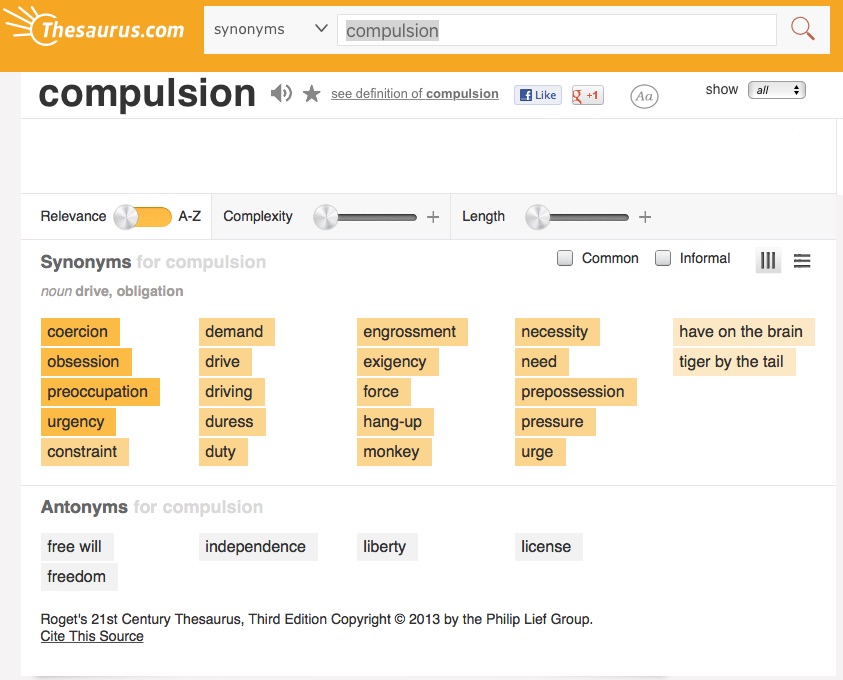 Use a thesaurus for alternative keywords to impact assumption trigger words
Use a thesaurus for alternative keywords to impact assumption trigger words
Select five of your favorite, most evocative keywords to kick-start your initial A/B test batch of calls-to-action. This is a good start for your experiment to learn the most effective call-to-action to use.
The best approach to find a CTA that works is to tap in to the fears and attributes you uncovered in your research. If we use the commonalities I mentioned above for middle-class Australian men aged 18 to 21, we could assume the following five calls-to-action would be a good foundation group. Of course, these should be tailored to the actual product you’re offering, though in these examples, I’m representing the most obvious results based on the research:
- Be Together, Now (playing on the isolation aspect and the longing for connectedness)
- Your Thrills Await (a counter to the boredom aspect)
- Escape Today (a ticket away from the mundane)
- Make a Difference (a way to satisfy the desire for accomplishment)
- Take Control (a real power move in a world where sometimes all seems out of control)
Conclusion
At the end of the day, you still need a compelling offer. If your product sucks, no psychological trickery is going to vacuum fat stacks out of someone’s wallet.
Apple never says, "If you use Apple products, you're smart, creative, and stylish.” It’s just implied.
If you have something people will feel good about using or buying and you can create a compelling action-point for your core target audience to begin the journey and use your product, it’s a much stronger position to be in.
To do that, you need to become intimate with who your target audience really is, how they behave, what makes them feel compelled to take action, and then speak their language to engage their trigger finger. If you can do that enough times and can keep them happy, engaged, and converting repeatedly on specific business objectives, that is a sure-fire recipe for growth.
About the Author: Tomer Garzberg is the CEO and Founder at GRONADE Growth Partnerships. They grow seed- and venture-capital-funded startups and enterprise products. GRONADE is a blend of man and machine on a mission to systematize growth. Say Hi on Twitter @TomerGarzberg.

